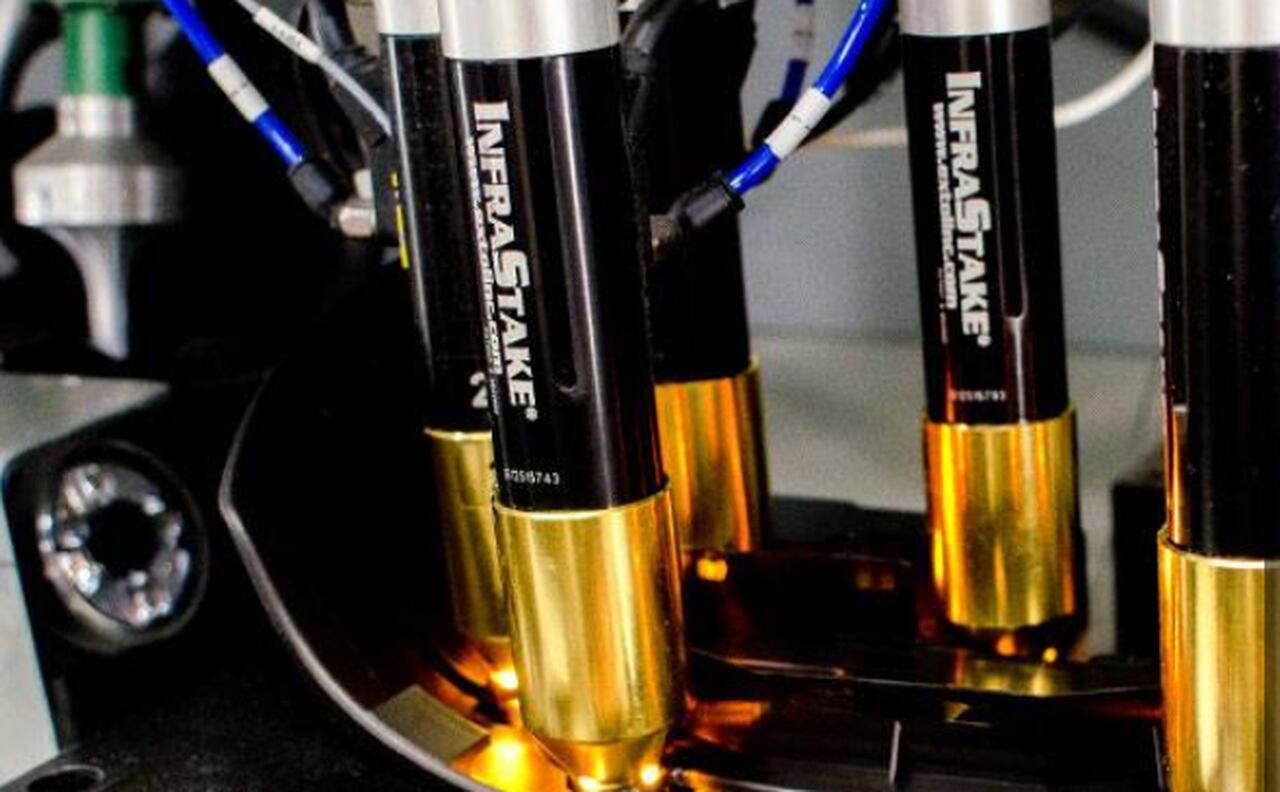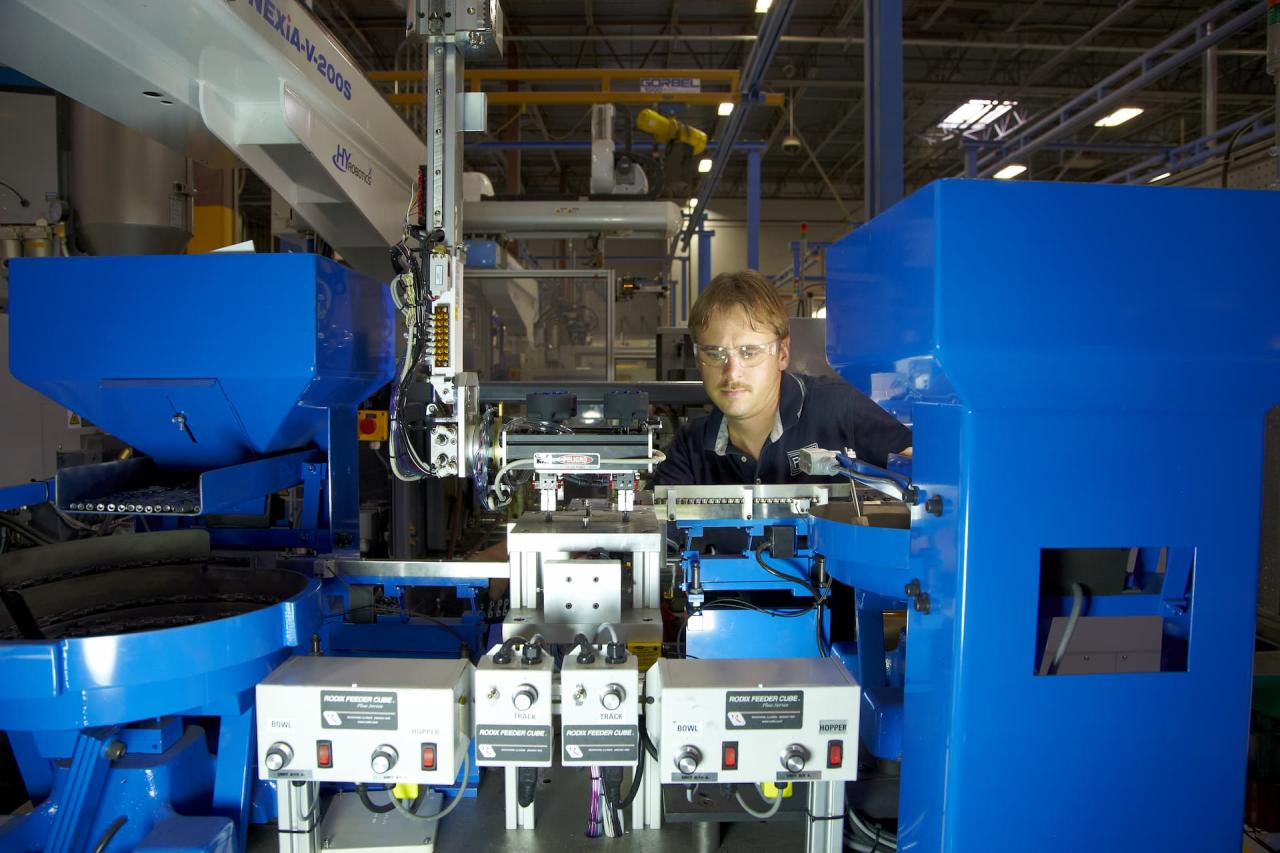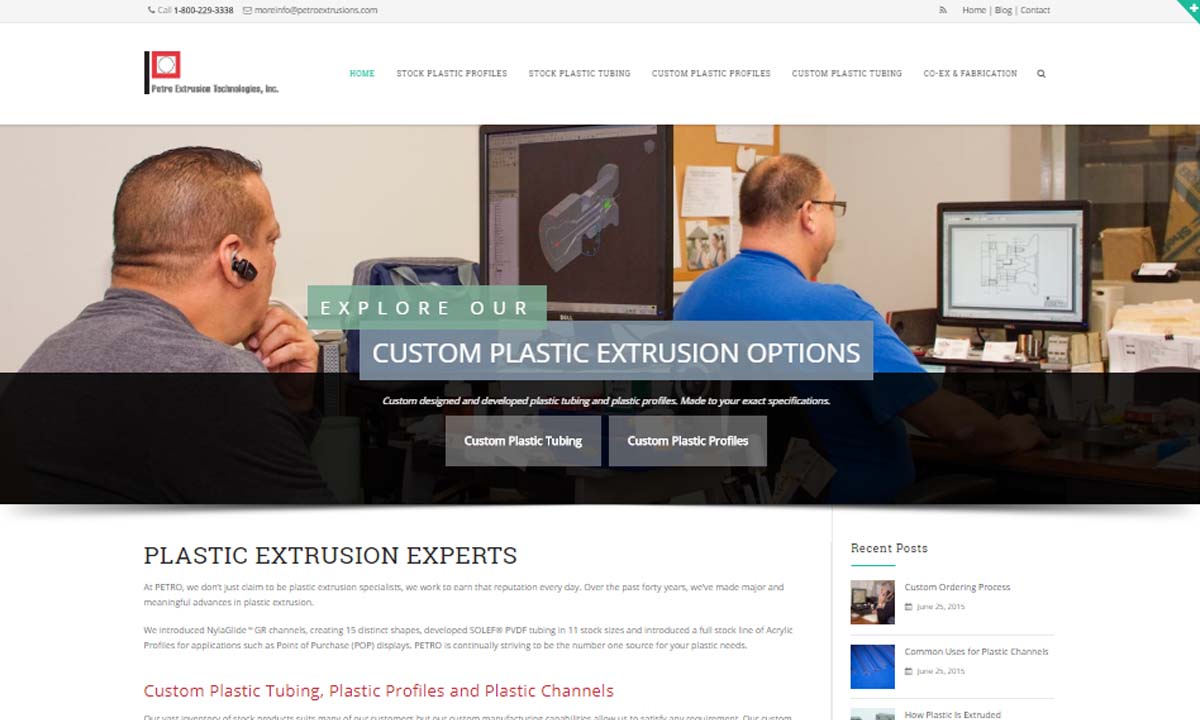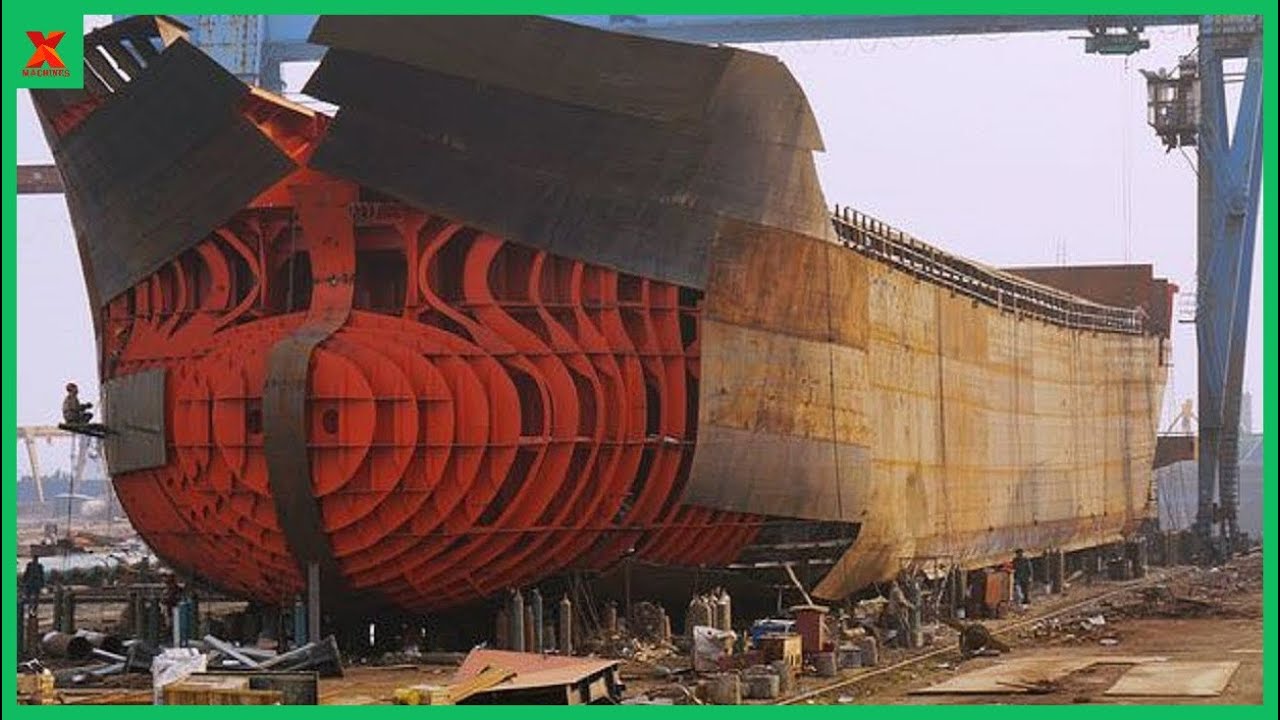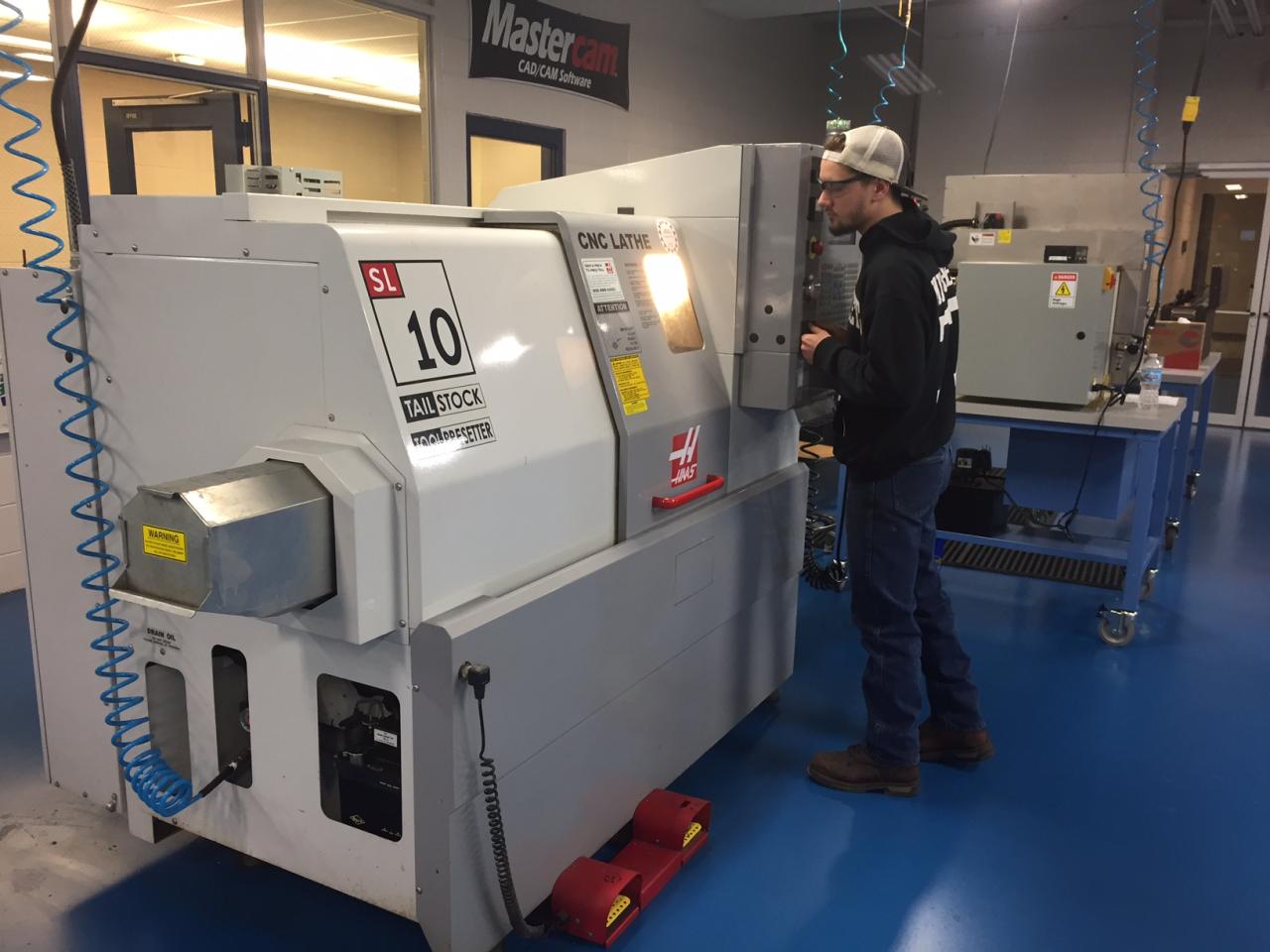New Welding Technology 2023: Shaping the Future of Manufacturing
New welding technology 2023 is revolutionizing manufacturing, ushering in a new era of precision, efficiency, and sustainability. From laser welding’s pinpoint accuracy to robotic welding’s tireless automation, these advancements are […]

New welding technology 2023 is revolutionizing manufacturing, ushering in a new era of precision, efficiency, and sustainability. From laser welding’s pinpoint accuracy to robotic welding’s tireless automation, these advancements are transforming industries like automotive, aerospace, and construction. The benefits are undeniable: increased productivity, reduced costs, and enhanced safety. But beyond these immediate advantages, new welding technologies are paving the way for a future where innovative materials and AI-driven processes will redefine the possibilities of welding.
This article delves into the key trends shaping the welding landscape, exploring emerging technologies, automation advancements, and the development of advanced welding materials. We will also examine the growing emphasis on sustainable welding practices and the exciting potential of AI and machine learning in the future of welding.
Emerging Welding Technologies in 2023
The welding industry is constantly evolving, with new technologies emerging that offer improved efficiency, precision, and quality. These advancements are transforming various industries, including automotive, aerospace, and construction.
Laser Welding
Laser welding is a highly precise and efficient welding process that uses a concentrated beam of light to melt and fuse materials. The laser beam can be precisely controlled, allowing for intricate welds and minimal heat input. This reduces the risk of distortion and improves the overall quality of the weld.
Benefits of Laser Welding
- High Precision: Laser welding allows for extremely precise welds, making it ideal for applications where accuracy is critical.
- Minimal Heat Input: The concentrated laser beam reduces the heat affected zone (HAZ), minimizing distortion and improving the mechanical properties of the weld.
- High Speed: Laser welding is a fast process, increasing productivity and reducing production time.
- Versatile Applications: Laser welding can be used to weld a wide range of materials, including metals, plastics, and ceramics.
Applications of Laser Welding
- Automotive: Laser welding is widely used in automotive manufacturing for welding body panels, chassis components, and engine parts.
- Aerospace: Laser welding is employed in the aerospace industry for welding lightweight and high-strength materials, such as titanium and aluminum.
- Electronics: Laser welding is used in the electronics industry for welding delicate components and creating intricate circuits.
Robotic Welding
Robotic welding involves using robots to automate the welding process. Robots can perform repetitive welding tasks with high accuracy and speed, improving productivity and reducing labor costs.
Benefits of Robotic Welding
- Increased Productivity: Robots can work continuously without breaks, significantly increasing production output.
- Improved Consistency: Robots provide consistent weld quality, reducing defects and ensuring uniform welds.
- Enhanced Safety: Robots can perform dangerous welding tasks, minimizing the risk of injuries to human workers.
- Flexibility: Robots can be easily reprogrammed to adapt to different welding tasks and applications.
Applications of Robotic Welding
- Construction: Robotic welding is used in construction for welding structural steel beams, girders, and other components.
- Manufacturing: Robots are widely used in manufacturing for welding automotive parts, machinery components, and other industrial products.
- Shipbuilding: Robotic welding is employed in shipbuilding for welding large structures, such as hulls and decks.
Additive Manufacturing (3D Printing)
Additive manufacturing, also known as 3D printing, is a revolutionary technology that builds objects layer by layer from a digital design. In welding applications, additive manufacturing allows for the creation of complex and customized welding structures.
Benefits of Additive Manufacturing in Welding
- Design Flexibility: Additive manufacturing allows for the creation of intricate and complex welding geometries that would be impossible to achieve with traditional methods.
- Lightweight Structures: Additive manufacturing can create lightweight welding structures, reducing material usage and improving fuel efficiency in applications like aerospace and automotive.
- Reduced Waste: Additive manufacturing minimizes material waste, as only the necessary material is used for the final product.
- Customization: Additive manufacturing allows for the creation of customized welding structures tailored to specific applications.
Applications of Additive Manufacturing in Welding
- Aerospace: Additive manufacturing is used to create lightweight and complex welding structures for aircraft components, such as engine parts and landing gear.
- Medical: Additive manufacturing is used to create customized implants and surgical tools, allowing for precise and personalized medical interventions.
- Tooling: Additive manufacturing is used to create custom welding tools and fixtures, reducing production time and improving efficiency.
Trends in Welding Automation
The welding industry is undergoing a significant transformation, driven by advancements in automation technologies. Robotic welding systems are increasingly being adopted across various sectors, revolutionizing production processes and enhancing efficiency.
Benefits of Automated Welding
The integration of automation in welding offers numerous advantages, including:
- Increased Productivity: Robotic welding systems can operate continuously without breaks, leading to significantly higher output compared to manual welding. This allows manufacturers to produce more products in less time, boosting overall productivity.
- Reduced Labor Costs: Automation can reduce the need for skilled welders, leading to lower labor costs. This is particularly beneficial in industries facing labor shortages or high labor costs.
- Improved Safety: Welding is a hazardous task, with risks of burns, eye damage, and exposure to harmful fumes. Automated systems can eliminate or significantly reduce these risks by performing welding tasks in controlled environments, improving workplace safety.
- Enhanced Quality and Consistency: Robots are capable of performing repetitive tasks with high precision and accuracy, leading to improved weld quality and consistency. This reduces the likelihood of defects and rework, ultimately enhancing product quality.
Challenges of Implementing Welding Automation, New welding technology 2023
While automation offers significant benefits, implementing welding automation presents challenges:
- High Initial Investment Costs: Robotic welding systems are expensive, requiring a substantial initial investment. This can be a barrier for small and medium-sized enterprises with limited budgets.
- Skilled Operators: Although robots perform the welding tasks, skilled operators are still required to program, maintain, and troubleshoot the systems. The need for specialized expertise can increase training costs and create a reliance on skilled labor.
- Flexibility and Adaptability: Robotic systems can be less flexible than manual welding, making them less suitable for complex or highly customized welding tasks. Adapting the system to new designs or changes in production requirements can be challenging and time-consuming.
Advanced Welding Materials
The development of new welding materials is a crucial aspect of advancing welding technology. These materials offer enhanced properties and capabilities, expanding the possibilities for various applications. The focus is on high-strength steels, aluminum alloys, and composites, which have become increasingly popular in industries like aerospace, automotive, and construction.
Properties and Applications of Advanced Welding Materials
These advanced materials possess unique characteristics that influence their welding behavior and suitability for specific applications.
High-Strength Steels
High-strength steels offer superior strength-to-weight ratios, making them ideal for applications requiring lightweight structures and enhanced load-bearing capacity. These steels typically exhibit high tensile strength and yield strength, exceeding the capabilities of traditional steels. Their use in automotive, aerospace, and construction industries is significant.
Aluminum Alloys
Aluminum alloys are lightweight, corrosion-resistant, and possess excellent thermal and electrical conductivity. These properties make them suitable for applications in aerospace, automotive, and electronics industries. The use of aluminum alloys in welding is growing, as they provide cost-effectiveness and improved performance compared to traditional materials.
Composites
Composites are materials that combine two or more distinct materials, resulting in a material with enhanced properties. The combination of different materials, such as fibers and resins, creates a material with improved strength, stiffness, and lightweight characteristics. Their use in aerospace, automotive, and construction industries is increasing due to their high strength-to-weight ratio and customizable properties.
Welding Characteristics of Advanced Materials
Welding advanced materials presents unique challenges compared to traditional materials.
High-Strength Steels
High-strength steels are more susceptible to cracking and distortion during welding due to their higher strength and hardness. Careful control of welding parameters, such as heat input and preheating, is crucial to prevent these issues.
Aluminum Alloys
Aluminum alloys have a high thermal conductivity, which can lead to rapid heat dissipation during welding. This can result in inconsistent weld penetration and increased porosity. Special welding techniques, such as pulsed-arc welding, are often employed to address these challenges.
Composites
Welding composites poses significant challenges due to their heterogeneous nature. The different materials within the composite can have varying thermal properties, leading to uneven heat distribution during welding. Specialized welding processes, such as laser welding and friction stir welding, are often used for composites.
Sustainable Welding Practices
The welding industry is increasingly recognizing the importance of sustainability. This involves embracing environmentally friendly welding processes and materials to minimize the industry’s environmental impact.
Benefits of Sustainable Welding Practices
Sustainable welding practices offer numerous benefits, contributing to a greener and more responsible industry. These benefits include:
- Reduced Energy Consumption: Sustainable welding techniques, such as laser welding, often consume less energy compared to traditional methods like arc welding. This leads to lower electricity bills and reduced reliance on fossil fuels.
- Lower Emissions: Sustainable welding processes generate fewer harmful emissions, such as greenhouse gases and particulate matter. This improves air quality and contributes to mitigating climate change.
- Waste Reduction: Sustainable welding practices prioritize material efficiency, minimizing waste generation. This includes using recycled materials and implementing processes that reduce scrap metal production.
Examples of Sustainable Welding Practices
Several companies are actively implementing sustainable welding practices, showcasing the industry’s commitment to environmental responsibility.
- Lincoln Electric: This company has developed a range of welding equipment and processes designed for energy efficiency and reduced emissions. Their “Eco-Friendly” welding products include advanced power sources and welding consumables that minimize environmental impact.
- ESAB: This welding equipment manufacturer offers a range of sustainable solutions, including robotic welding systems that improve material utilization and reduce waste. They also focus on developing welding processes that minimize energy consumption and emissions.
- Air Liquide: This company provides sustainable welding gases, such as nitrogen and argon, which are essential for various welding processes. Their commitment to sustainable gas production includes investing in renewable energy sources and reducing their carbon footprint.
The Future of Welding Technology: New Welding Technology 2023

The welding industry is constantly evolving, driven by advancements in technology, materials, and manufacturing processes. Looking ahead, the future of welding technology promises significant breakthroughs that will revolutionize how we design, fabricate, and repair structures and products.
The Role of Artificial Intelligence and Machine Learning
The integration of artificial intelligence (AI) and machine learning (ML) in welding is poised to transform the industry, enhancing efficiency, safety, and overall quality. AI and ML algorithms can analyze vast amounts of data from welding processes, identifying patterns and trends that can be used to optimize welding parameters, predict defects, and improve weld quality.
- Automated Welding Control: AI-powered systems can analyze real-time data from welding processes, such as temperature, current, and arc characteristics, to automatically adjust welding parameters for optimal performance and consistency.
- Defect Detection and Prevention: AI algorithms can analyze images and sensor data to detect defects in welds, such as cracks, porosity, and lack of fusion, in real-time. This allows for early intervention and prevents costly rework.
- Predictive Maintenance: AI can analyze data from welding equipment to predict potential failures and schedule maintenance proactively, reducing downtime and improving operational efficiency.
Advanced Materials and Welding Techniques
The development of advanced materials, such as high-strength steels, lightweight alloys, and composites, presents both opportunities and challenges for welding. These materials often require specialized welding techniques and processes to achieve the desired properties and performance.
- Laser Welding: Laser welding offers precise control and high-energy density, making it suitable for joining thin and delicate materials, including advanced alloys and composites. Laser welding can also create highly localized heat zones, reducing distortion and heat-affected zones.
- Friction Stir Welding (FSW): FSW is a solid-state welding process that uses a rotating tool to generate heat and pressure, joining materials without melting them. FSW is particularly well-suited for joining dissimilar metals and creating strong, defect-free welds.
- Electron Beam Welding (EBW): EBW uses a high-energy beam of electrons to melt and join materials. EBW is highly efficient and can produce deep welds with minimal heat input, making it suitable for welding thick materials and achieving high-quality welds.
Final Wrap-Up
The future of welding is bright, fueled by innovation and a commitment to sustainability. As new technologies continue to emerge and evolve, we can expect to see even more transformative advancements in welding processes, materials, and applications. From the precision of laser welding to the automation of robotic systems, the welding industry is poised to play a pivotal role in shaping the future of manufacturing and beyond.
New welding technology in 2023 is advancing rapidly, with innovations in laser welding and robotic welding systems. These advancements are not only improving efficiency but also opening doors to new possibilities in various industries. One such example is the use of shingled technology , which has found applications in solar panel manufacturing, increasing energy efficiency and reducing costs.
As these technologies continue to evolve, we can expect to see even more exciting developments in welding in the years to come.
